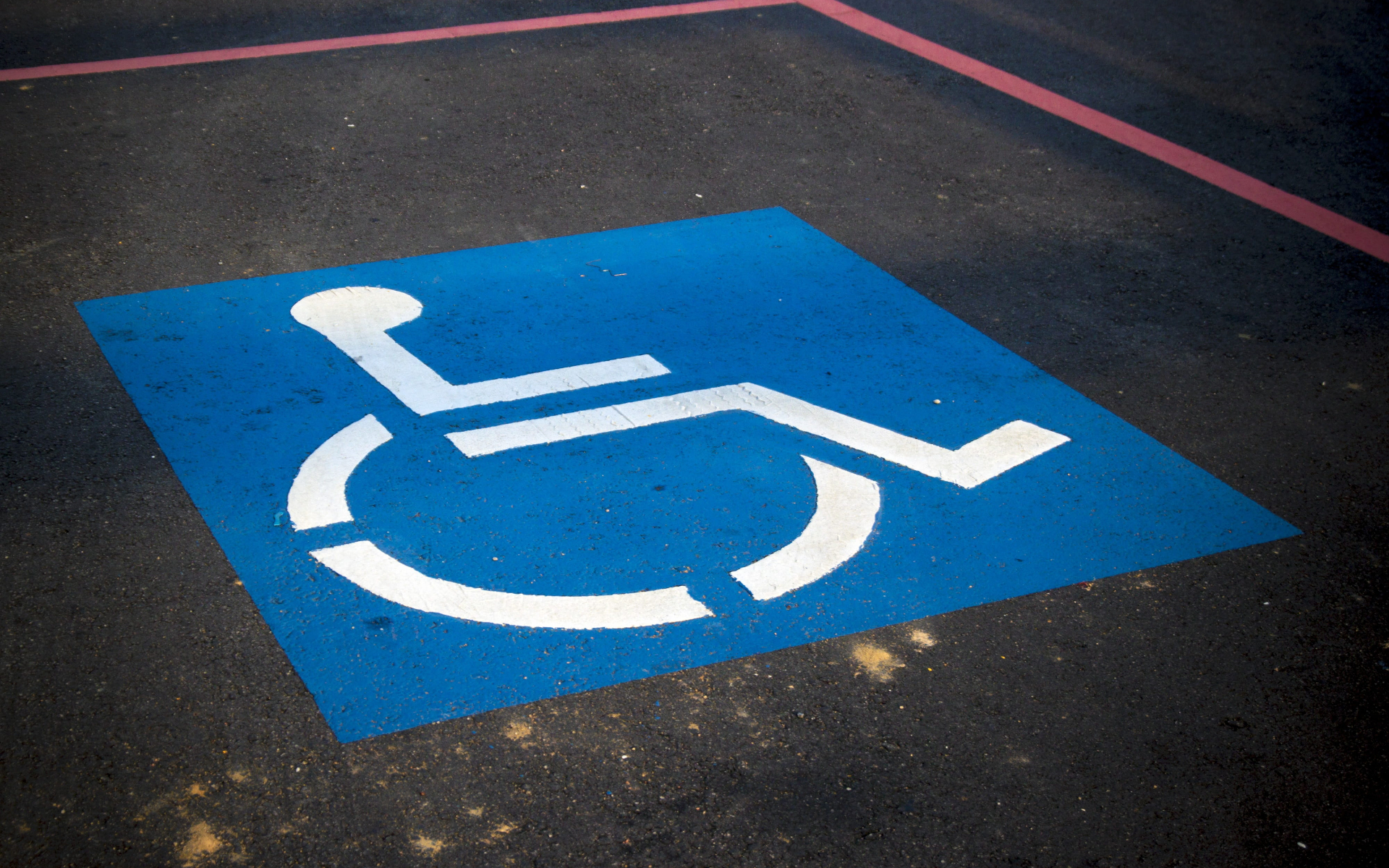Hit and run accidents are a particularly unconscious act on the part of the driver who caused the collision. The urge to flee the scene may be caused by a variety of reasons; however, it is never the courageous or decent move to make.
According to dmv.org, if you’ve been the victim of a hit and run accident, here is the information you need to know:
“What Is a Hit and Run Accident?
A hit and run accident is any accident in which a driver intentionally leaves the scene without providing contact information.
Examples of hit and run accidents include:
- A car hits you and speeds off.
- A driver hits your unattended parked car and leaves no contact information or way of collecting damages.
What to Do After a Hit and Run Accident
While you’ll likely be feeling immense stress if you are a victim of a hit and run, it will help to stay as calm as possible and gather as much information as you can.
Having more information:
- Increases the chances that the police will catch the driver who hit you.
- Helps your car insurance company make decisions about your claim.
First, get as much information as you can about the car that hit you, such as:
- Model.
- Make.
- License plate number.
Also, look around for any possible witnesses to the accident, and ask for their names and contact information.
Finally, take the following steps before leaving the scene:
- Write down the time and location of the accident.
- Take pictures of the accident scene.
- Take pictures of your car, especially if another car’s paint is visible on it.
- This will help you prove that you are not attempting to defraud your insurance company.
If the hit and run occurred when you were away from your parked car, jot down as much information as you can, such as:
- Time.
- Location.
- Damage. ”
Following the aforementioned steps will ensure that your claim is taken seriously should you go to the police.
If you have been injured, and need legal assistance, call Dye & Russell at 1-877-883-6171. We will offer you a free claim assessment.















